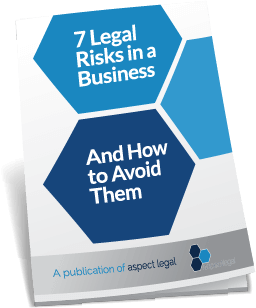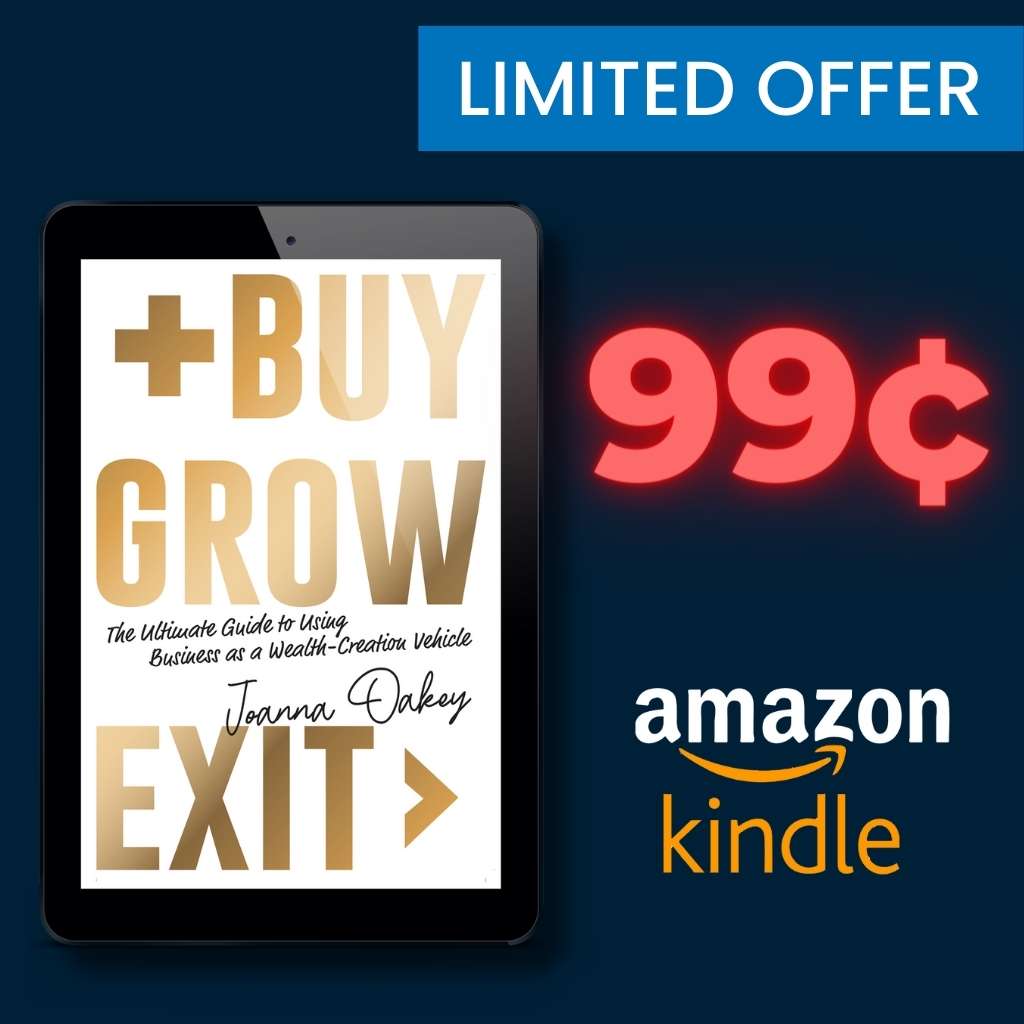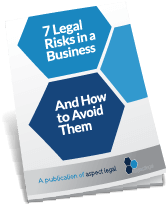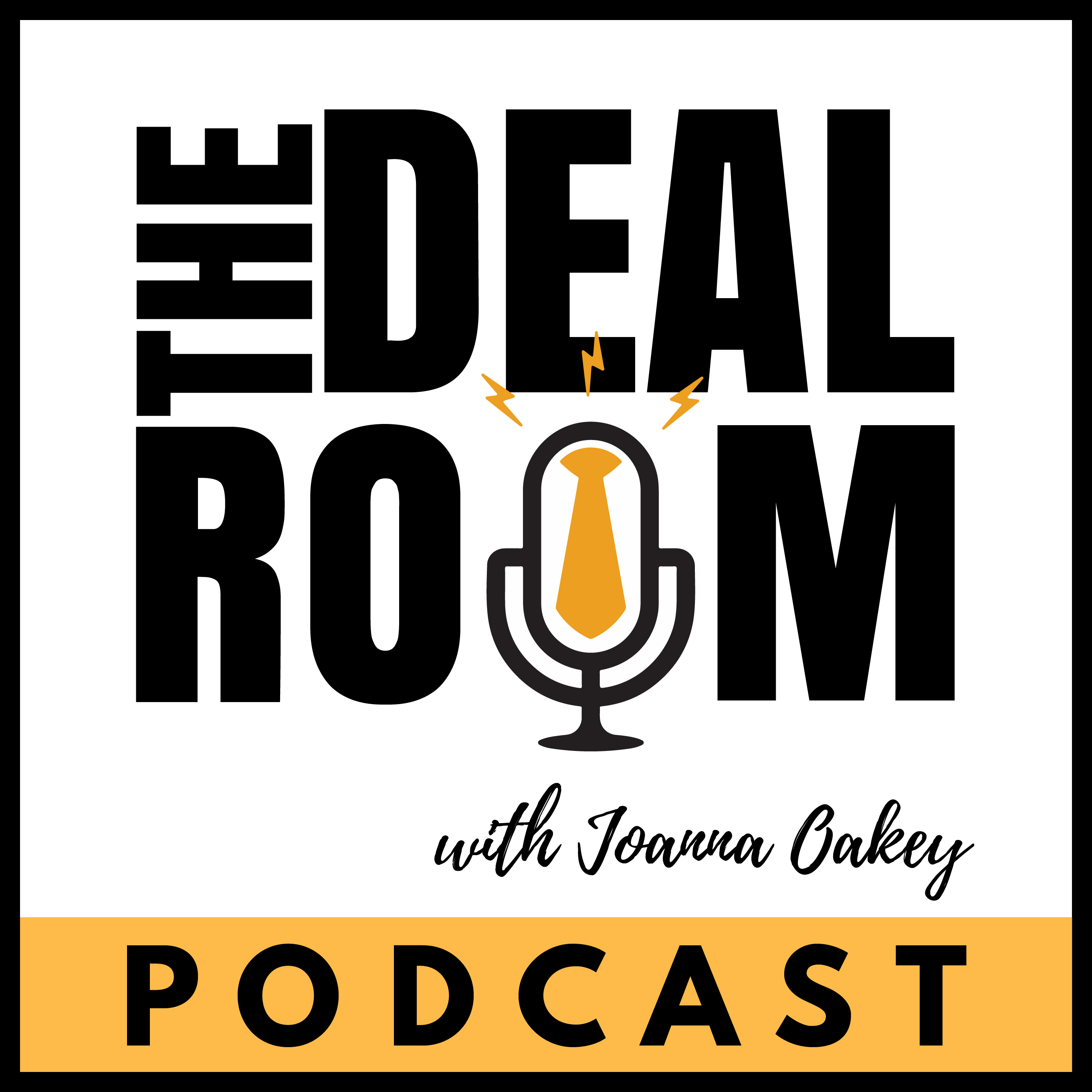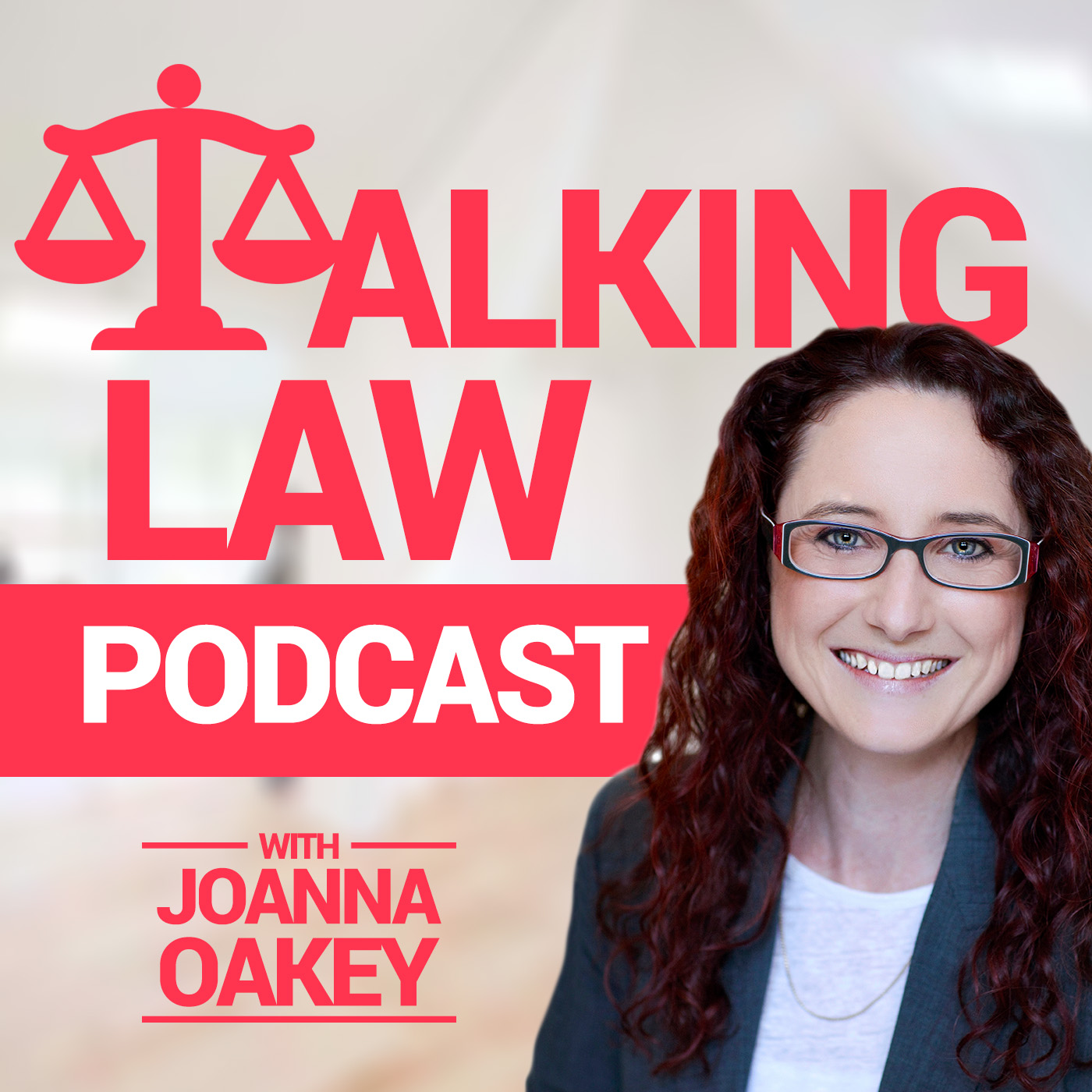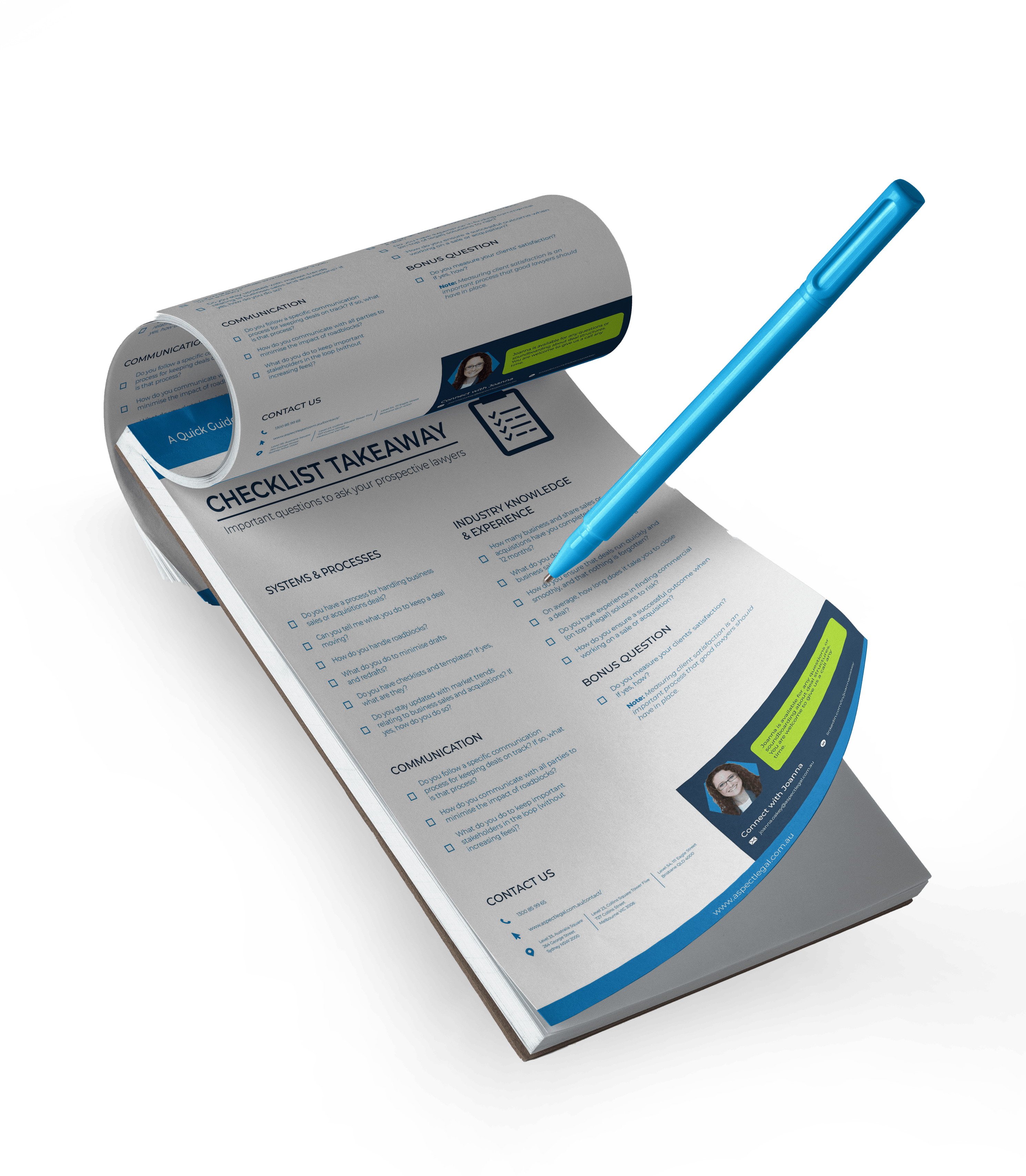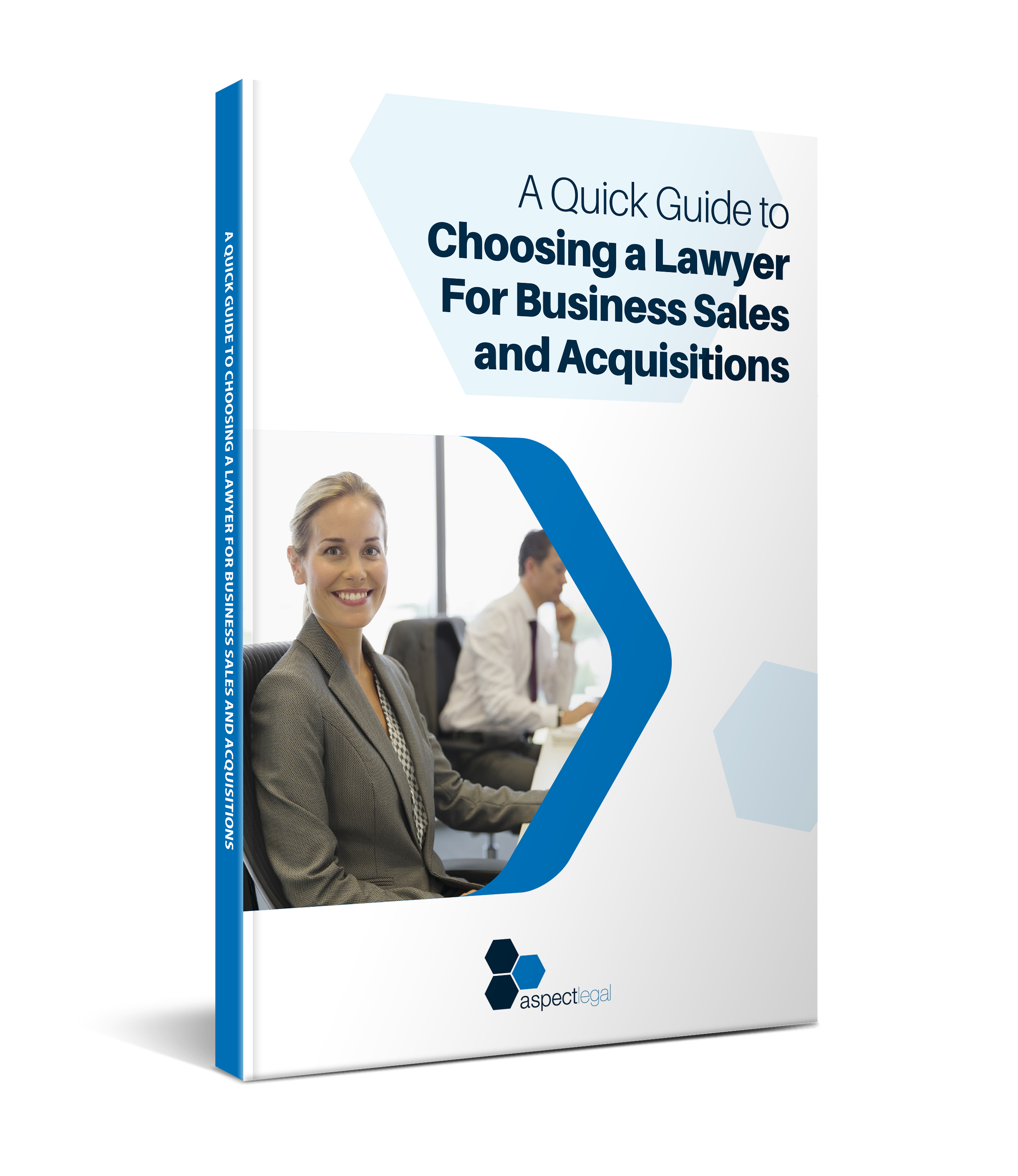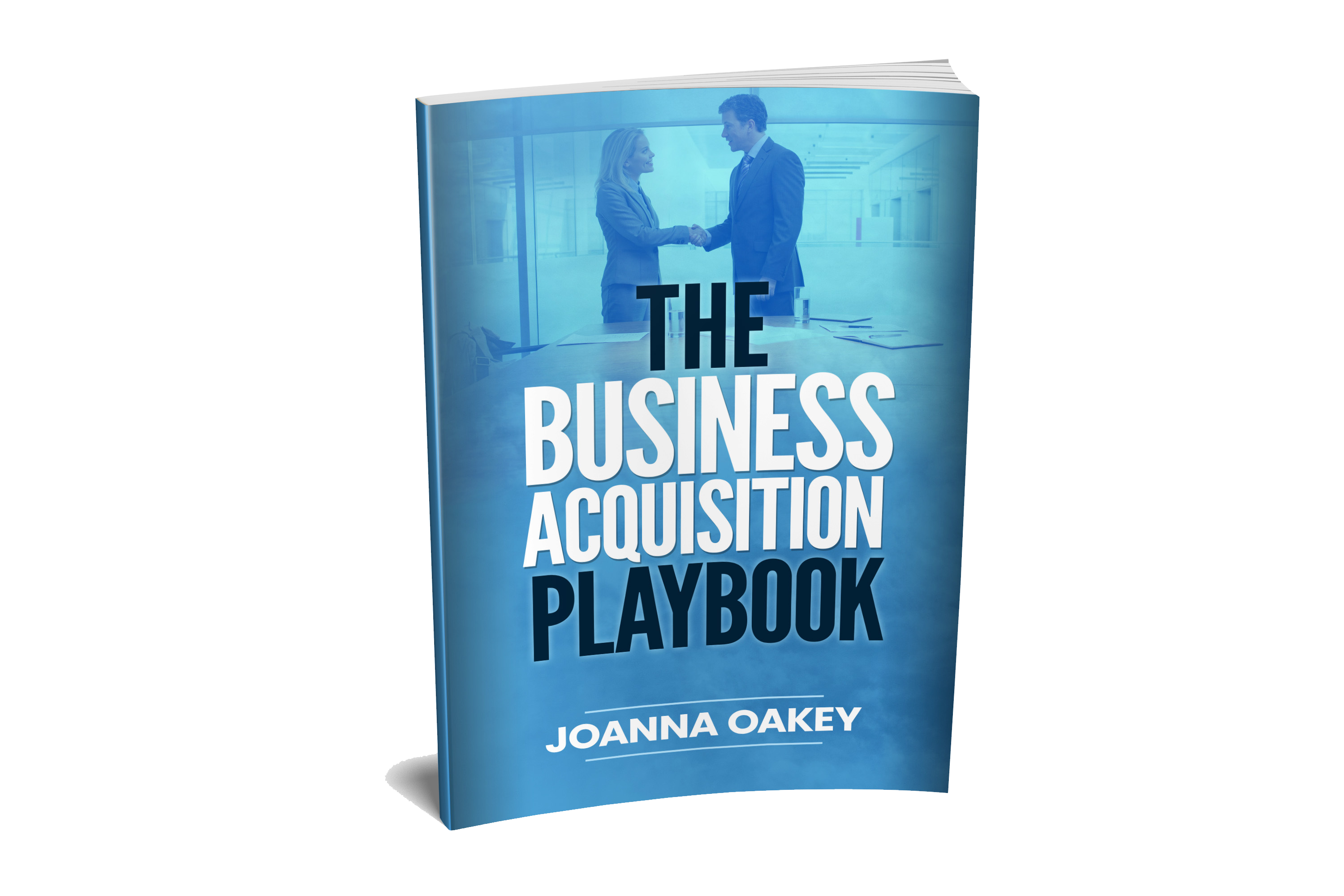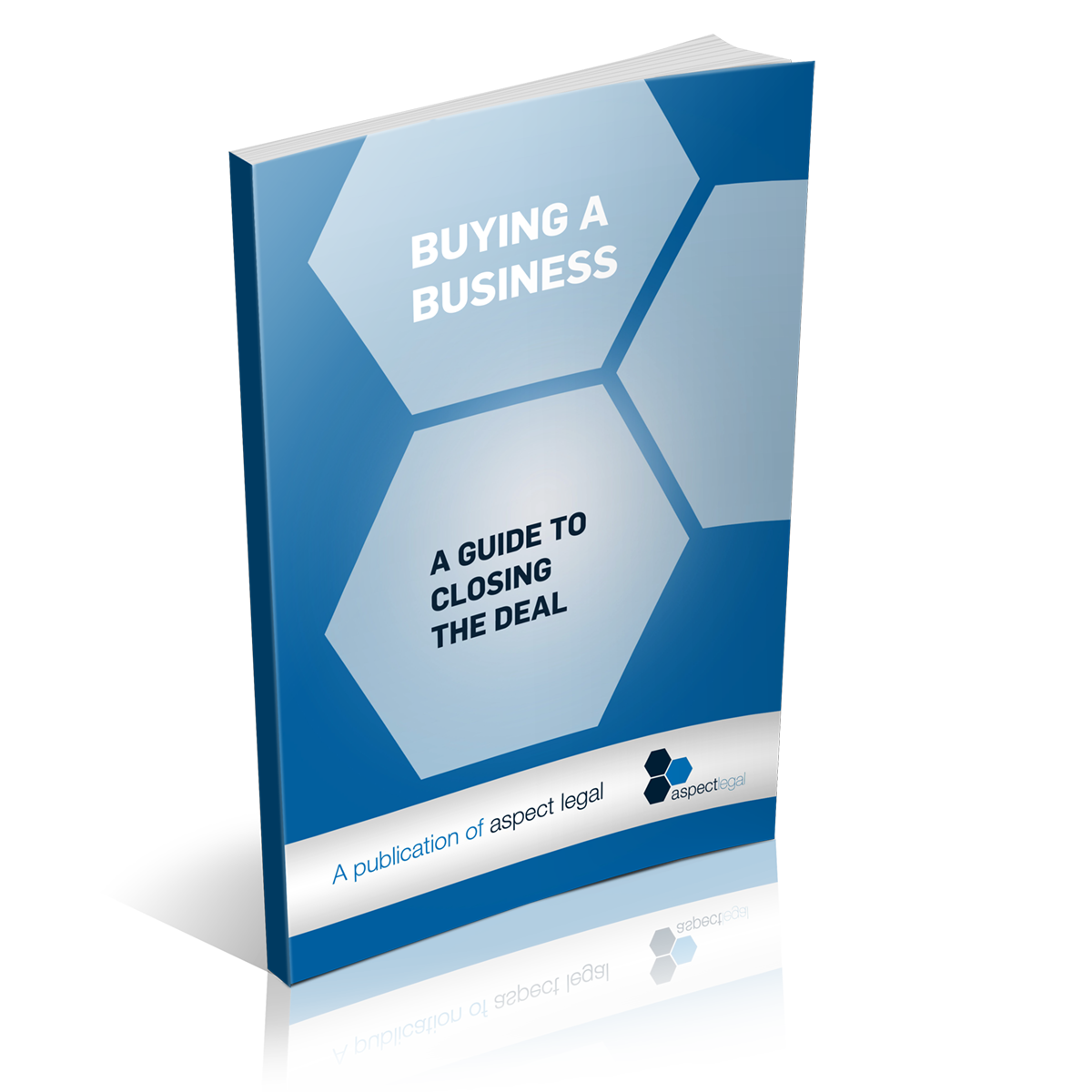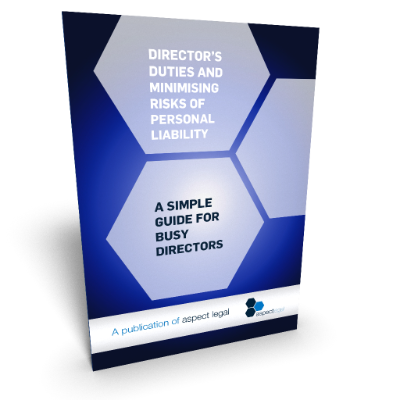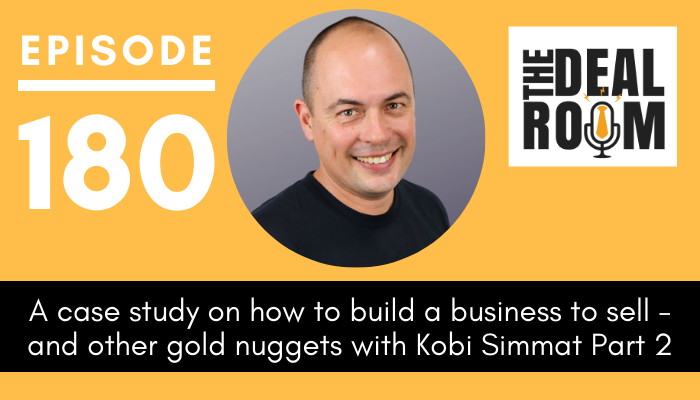
Today’s episode is part two of a great two-part series with Kobi Simmat of Best Practices Biz, who so graciously shares his own experiences and insights from building his own business, as well as his clients’ businesses. This time, Kobi and our host Joanna Oakey dig into the pillars of growing a business’s sale value. They talk about how you can find trending industries and run through the benefits of adding new products and services to your client base. Lastly, Kobi shares his top 3 takeaway tips for businesses to grow and succeed.

Episode Highlights:
- The 8 pillars of growing value in a business
- How to find trending industries
- Benefits of adding new product and services to your client base
- Discipline, team empowerment, and your organisation’s performance
Connect with Kobi Simmat
Kobi on Facebook
Kobi on Instagram
Relevant episode:
Listen to the episode here and leave us a review:
iTunes: https://podcasts.apple.com/ph/podcast/the-deal-room/id1267098895
Transcript below!
Note: This has been automatically transcribed so will be full of errors! We are not providing it to you as a word-perfect version of the podcast but just as an easy way to provide you with a different way to be able to scan for information that might be relevant to you.
Joanna: Hi, this is Joanna Oakey here and welcome back to The Deal Room podcast, a podcast proudly brought to you by our commercial legal practice Aspect Legal. Now, today we have part two of a two-part series with Kobi Simmat from Best Practice, in part one of this series, we’re talking all about Kobi’s case study on how to build a business to sell and of course, we’re reflecting on Kobi’s own businesses in relation to how it is that he is building them right now with a mind on their eventual sale. And of course, in the things that he is doing right now, that will help to increase the value of that sale at the exit and here in part two, we are focusing on the top pillars in the business to focus on in order to grow sales value. So buckle in here we go with part two of our two-part series all about a case study on how to build a business to sell.
And so you talked about the eight pillars in business to grow value. Can we dig into each of those really quickly?
Kobi: Absolutely, absolutely. So there’ll be brokers listening in, and you guys kind of, they’re all pretty generic. It’s, it’s like the Harvard. You know, it’s the Harvard leavers if you like, and I’ll talk about a couple of meaningful ones, and then we can kind of sprinkle some others at the end. So, obviously, the first leaver is profit. So these are the pillars if you like to drive value. Now, we as a team will help people identify these pillars and put projects or, or activities against these, you know, set 90-day plans and get shit done. Apologize for swearing. You know, it’s kind of that, you know, at a macro level, it’s that so profit, maturity of the leadership team, because we want to buy a team, and we want to have that team continue to be able to deliver that profit, obviously, revenue, these are in no particular order.
Joanna: I’m sorry, coming back a bit, just, um, the leadership team, you know, this is something that I find many SMEs just haven’t gotten on board with. And so it just very quickly, at what point should businesses consider getting in place their leadership team? And where do they start?
Kobi: Today. So let’s talk about the pillars, there are seven days in the week. Yeah. And I think there are Seven Pillars to a business. So, you know, marketing is a pillar. So you could work on your business, work on your marketing for one hour of one day, pick it, make it Sunday, you know, try and get an early, early-ish night on a Saturday night, wake up Sunday morning, think about kind of, what’s the messaging wherever our customers stock, LinkedIn, whatever you need to do. So marketing, sales. And what’s our sales process? So how do we kind of either generate leads or marketing generates leads, but there’s a place there, it’s a gray line between marketing and sales.
Then we can talk about finance. What’s our business model? Are we positive cash flow, negative cash flow? You know, are we collecting our money, before we serve our customer, we go into the coffee shop, we go to the cash register, we order our coffee, we pay and then we stand in the queue waiting for our coffee, that’s a positive cash flow business, or do we do the service for the customer, give it you know, serve them the meal, give absolutely everything to them, and then we worry about whether they’re going to get up and walk out without paying. So you know, we want to be focusing on finance. And then you know, there’s the all big write down the accounts will love the bit about the balance sheet, and p&l and cash flow analysis, and all that kind of stuff. So then we’ve got our customer service. And in customer service, we could be a product company, or a service company or a distribution company. So what’s kind of our customer service? How do we look after our customers once they’ve paid and then we have our operational part of our business? So we’re talking about, you know, the actual doing of whatever it is, if we’re a warehouse, and we’re bringing boxes in, and we’re going in sourcing product, and we’re bringing boxes in and we’re distributing it, or we’re retailing or where you’re we’re building houses, or we’re, you know, we’re plumbing, or we’re lawyers, or we’re accountants or we’re brokers, what’s that kind of thing, and the professional development and technical development in that space, we can start spin-off and this is where we can sprinkle into other sections.
So here at Best Practice, we are very clear on people culture and capability. So it’s about we have a very split, we have a specific manager who is all about managing our competency, our capability and our capacity, our professional development, we do a full day of professional development with a whole company once a month. I stopped the whole company 35 employees sit and have a meeting once a month, think about what that costs in terms of salaries and wages. But it’s significantly accelerating us as a business because we start we all get on the same page, we do that. Now a lot of the teams catch up, you know, daily or weekly, in little, little five minute or half an hour catch-ups. And then you can kind of talk about what some other elements of the business might be, there might be like an important part of the business or there might be a, you know, product development or design part of the business.
And then there’s kind of advisory board part which is the bookend at the end, it’s like the seventh part, which is our strategy, our advisors, our mastermind, and mastermind, I think is probably kind of I finished on this on purpose. Henry Ford coined the term mastermind, and right now because of COVID, unfortunately, that word has been it’s kind of getting a new meaning but let’s get back to the original meaning of mastermind, which is acquiring branches of knowledge and bringing them back to a single focal point, the trunk, your organization, your company is the trunk and you go and get masterminds to bring your team in and bring in some of you know the accountant’s team and the broker’s team and the process improvement, productivity improvement team, my team, you know, and that formed, the mastermind formed the advisory board around your business and businesses with a fully functioning Advisory Board of independent advisors that do two things, compliance and strategy is important.
And I see a lot of advisory boards that are missing. And this is something for the brokers and the accountants out there. It’s great to set up advisory boards, but business owners are looking for accountability in terms of accountability and motivation toward their goals, not legal accountability. That’s what the lawyers part is doing. I’m a business owner, I’m looking for someone to inspire and motivate me, I’m looking for someone to kind of prompt me to come up with ideas to come up with strategies, and then hold me accountable to the kind of goals we set for ourselves. And if you can have an element to your advisory board that does that, that will give you significant acceleration.
Joanna: Love it. And when did you establish an advisory board in your business?
Kobi: So we had a couple of guys on it. You know, I’m 46 years old, I’ve been running an advisory board now for probably about eight years. And when I was 38 years old, I was a dysfunctional, energetic entrepreneur, who just wanted everyone to say yes to me. And so I tried. And I think the guys that I had, I didn’t choose the right talent at the time. And you know, perfect practice makes perfect. Yeah. So it’s about don’t let the perfect be the enemy of the done. And so I had to go at it. We had a few people come in, they had agendas.
They had selfish agendas around what they were trying to achieve. A couple of them was literally just to make money being on an advisory board. No, no intent to actually add value, add value, when you ask them said I’m you know, I’m here to learn. And this is great. I’m like, hang on a minute, I’m paying you $4,000 a session. I’m not here to teach you, you know, I’m here to motivate so kind of eight years ago, but I think we really started to get some traction about five years ago, and the advisory board is really fully functioning we meet every eight weeks, it’s going really, really well there are two key people and occasionally we bring in a guest and the three of us kind of sit there and it’s fully functioning in our organization. It’s they are not in it here in Australia, in quotes, disclaimer, asset directors, I’m the asset director, they are independent advisors, and we meet independently, and they challenge me on budget and strategy.
They challenge me on my goals. They’re like your goals are too delusional. Don’t go connect with that goal. Don’t go tell your team, that goal. You’re just going to switch them all off. Like, but cool your jets come back a bit, go tell them a different goal, have the goal in your head and your dream, no problems but cool your jets, go out, talk to them, talk to the team communicate something that’s maybe a little bit more realistic and
Joanna: In their minds in your team’s minds. Right. Yeah, totally. You know, and that’s such a good point. Yeah. So I love it. Okay, so we’ve talked about these pillars in business to grow value, what to be focusing on who to bring in to help focus. I guess what, and we’ve talked about recurring revenue as well. What are some of the killers like, if you look back, and I know you’ve already mentioned, recurring revenue, and I think that is definitely a killer strategy? Are there any other killer moves that you’ve made over time where you go, you know what, that that is one of the ones that has made a really big difference.
Kobi: Yeah, 100%, we kind of didn’t talk about the other pillars. And I’m going to reference a piece of work by McKinsey’s because I think it’s absolutely fantastic. In their book beyond the hockey stick, so I’m, as you know, I’m a massive avid reader, and I really love that book beyond the hockey stick. In that particular book, and these are the killer strategies, and I want to give them the credit for this because that was, I think, it’s that book that really unlocked this knowledge for me, I’d seen it and I kind of knew it, it was intuitive, but they gave it labels and, and attractive trending industry. So you know, it’s kinda like, some people are drawn to fashion for example, and that’s kind of trending and, and it might be a breakout area.
What McKinsey’s have done is a study and 46% of the reason why Apple was successful was not because of some magic of Steve Jobs. They just happened to be in the right place at the right time. And in the book, Good to Great by Jim Collins. It’s pretty openly mapped out that Steve Jobs wasn’t the level 10 leader that you know, Jim Collins talks about in his book Good to Great and he’s got another one. I think it’s called Buil to Last. I think it will maybe that’s a different author but what Jim Collins is talking about this level five leadership, imagine if Apple had a good leader like it would have been incredible. And so so I think, you know, an industry trend. So a trending industry or an industry trend, that’s going to give you another multiple. So if you’re in a trending industry, and you’re in something that’s happening now, and there’s going to be businesses that are trying to grow, and we’re going to actually try to beat the trend of the industry, we’re going to grow by acquisition in a trending industry, they’re going to accelerate quicker.
So you want to be thinking in your 12 to 24 months strategy, what’s happening in our industry? Is it declining? Is it growing? Is it trending? Is it about to break out what’s happening, and get clear on the data around that, and geographical trends? You know, we had, we had one of our businesses in our group go viral last year, because of the geographical trend of COVID, and the global supply chain freeze, and we just happened to be a factor that has been limping along, it’s an Australian manufacturer, it’s a factory, you know, I’m literally in that building right now, as we record that podcast. Now, this business went mental last year, because global supply chains froze. And we had a fully functioning factory, with fast delivery times with, like, amazing equipment. And we were like, we were able to do deployments for some really big Australian retailers in three days, they usually wait six weeks for supply chain, you know, there’s a design phase, which is the same, but then actually from, you know, from press go to fabrication, we were putting manufactured products on trucks three days after we were receiving the purchase order. So geographical trend is a pillar, what’s happening geographically.
So right now, I would suggest that professional services moving into regional parts of Australia is really important because professionals are moving into regional parts of Australia because they can now work from home. And so I wouldn’t be setting up a professional services business in Sydney CBD right now. Because geographically, the clients that you might be servicing are moving to have their seat change
Joanna: Thanks for the tips.
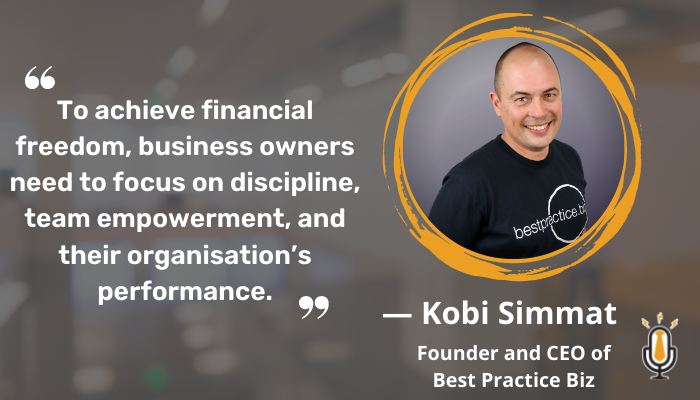
Kobi: Better, like, you know, in professional services get better at this virtual environment and doing exactly what you’re doing, you are doing exactly the right thing because you can kind of tap professionals remotely. And we already discussed this, you know, none of our staff went to our offices last year. So so you know, it’s got to be an attractive industry, you could look geographically that’s another pillar. And then your, your market research, product design kind of machine fat sausage factory, that’s, that’s coming up with new products and services, to sell new products and services to your existing customer base.
If you can solve if you can be a product company and solve the distribution. So you can also distribute new products and services of either your own or other people into your customer base, you become extra valuable because of buyer is saying well, I secretly have this product or service. And I’m pretty confident I can sell it into that customer base, if you already proved that you can sell things in your customer base that they can buy you, then we just need that they’re literally buying a list of customers that are already profitable, and then they’re going to put in their pile in their products and services, it’s going to make it extra profitable. And then that buyer will take your company from a multiple of say, five as just the arbitrary number to 10. And so they can actually by bolting your business that you’re thinking of selling up to their business, instant value is created. And there are lots of examples of companies being caught and pulled into the stock market, you know, and then immediately their value jumps.
So you really, I think we can have arguments and we can debate all day about what you know, the valuation pillars are. The valuation pillars are the pillars that the buyer prescribes. And so then it’s a case of saying, just like you do in your customer analysis, and you say what sort of food do we seek to serve? I’m personally thinking about down the track because it’s my exit strategy. And I’m not planning on exiting anytime soon. I’m thinking but I’m consciously managing that number, who would potentially buy this business? And I think, for me, the indicator in terms of what I’m working on is I get tapped on the shoulder all the time, for people are saying, hey, you’re interested in selling. And so I’m not prospecting, but I get probably it’s probably annually, and it’s been annually for probably the last 10 years. Someone taps me on the shoulder, some really big organizations, we love what you’re doing, we want to buy you and then I look at them and I go, Why do you want to buy me and I look at it.
And I actually do a bit of analysis, I think right? I can see what you value. So I kind of accidentally stumbled on, you know, they value my customer base, they value my recurring revenue, they value the fact that you know, you know, we’ve got a great team, they don’t value the fact that I am the face of the business. Yeah, that’s actually that’s a discount. So I have been in this pendulum swinging phase of my life where I’m like the key man and I’m not the key man and I’m the key man and so and you will. So I’m really struggling with that right now. Because social media has made me immediately accessible. We have a really popular YouTube channel, I got 100, couple 100,000 followers on Instagram, that kind of stuff. And I’m like, how do I, you know, down the track? How am I going to divest this thing, you know, and, and so we are literally doing a lot of marketing and social media to build the other brands, using the magic that we have here in our team so that those brands get built independently, and we can kind of at a point in time, where we think they can add a lot of value to another company, will we will contribute that value to that company.
Joanna: I love it. And I just want to go back to some of the pillars you’re talking about. So you talked about are in an attractive trending industry? And I think that’s a great question and fascinating hearing the research that you’re talking about. But for many, for many businesses, their answer to that we’ll have to be no, right, because, of course, as many businesses that we know, aren’t on trending. And but I think it’s a really important consideration, then that you can add products and service lines within your own industry, create sub services, sub products that are trending, you know, you’re so um, and this is where, you know, not wishing to harp on it, we can look at acquisitions as well for gearing ourselves up into that area, but it’s about having, it’s about having the vision isn’t an in it’s the questions that you’re asking yourself that you’re talking about, Kobi that I think is so important, and this whole, okay, wherever we are in our industry, is there some element that is happening on a geographical basis, and really good examples there for services industries, and after city locations, and then back to the new products and services, once again, you know, you can get there really quickly by acquisition, just like if you make your business attractive to an acquirer, they can, they can see the value from a strategic fit with them. And a strategic buyer is the best kind of buyer, because they’ll pay the most in acquiring you. So very, I guess, just to round this out, what are the top three things that you focus on? And that you think business owners should focus on? And how do they do that?
Kobi: Yeah, I think, number one is, you’ve got to get yourself into a cycle of 90-day sprints or quarterly reviews or quarterly strategic planning, you’ve got to set four dates per year, for a full day working on the business. It’s not negotiable. It’s really easy to go, Ah, I don’t want to do that strategy I’ve got a customer, got a proposal, got a problem, got to pick up the kids from school, whatever. Discipline is what gets someone to the Olympics, the discipline training, the discipline practice the discipline art, when you look at high-performance teams, look, you know, you’re you, you were listening to this podcast, and you know, like, there are hundreds of 1000s of people not listening to this podcast.
So people listening to this product, you are listening to this podcast, you know, you are destined for something bigger than what is happening right now. So tip number one, get disciplined right now after the podcast is finished. And after this video, whatever you’re watching, heavy consuming this content is finished, open your calendar, and set for dates quarterly. Don’t line them up with the beginning and start of the quarter just go from now just go right, I’m going to take two weeks to prepare. Or my diary is booked out a month in advance, right booking a full day and grab one or two key people from your organization or yourself and just go and sit there and ponder for a day. And then set those four dates for the next 12 months. And it’s a perfect surety. The biggest businesses in the world run on quarters start now. There’s a reason I do that it works.
Joanna: And also Coby this is I love the idea of 90-day sprints, but it’s really hard to get that discipline. So maybe you know, when you finish with your top three, I want you to talk about how it is that you can help our listeners with that because I think this is something where you need guidance. You need someone working you through it at least to get into the discipline. But what’s your second and third tip?
Kobi: Okay. The second tip is to empower your team. So it’s really important to make sure your team is teaching you stuff. And so it’s about what did you learn? What did you read? What’s your professional development because as business owners, we often our ears are closed to seeing our team grow. And it’s really important to set up a framework where you’ve got people coming to you, coming to you and talking to you about what they’re reading, what they’re learning what they’re consuming because you will build your confidence that actually, you know what I can go away. They do know what they’re doing, because I’m paying attention to them, and I’m giving them some empathy and tip number three is to get super clear. Have you got a clear picture of your organization’s performance? So get the dashboard set up. So start tracking some numbers, get really clear on your revenue, really clear on your profit, get your bookkeeping up to date, get your, you know, learn about your balance sheet and start learning.
Okay, what will my sales? What’s my strike rate? What’s my service level? What’s my net promoter score, you know, build a dashboard. And here at Best Practice, that’s what we’re all about. We’re about setting up really simply, you can do this meeting, you don’t need me for it, what do we do it? We host these meetings but host the quarterly session, you only really need to ask for questions. And we can finish on this. In thinking about the next 12 weeks, what does success look like? What’s our goal? In thinking about the next 12 weeks? What could go wrong? And thinking about the last 12 weeks What went wrong? And the fourth question is, what are we doing about that? And that’s the cycle of continual improvement. And that’s what we help with, we help people get into these improvement cycles, accountability cycles, where we say that went wrong. Let’s try not to do that, again. This could go wrong. Let’s try not to let that happen. And then these are our three goals for these 12 weeks, let’s not close off, 90 day sprint get shit down.
Joanna: Kobi, I have absolutely loved this discussion. I knew I would. I knew this would be fabulous, how do our listeners get in contact with you whether it’s them or for their clients? Of course, we have lots of accountants and brokers listening in, I just think the messages that you’re giving us are just super, super important. Because I mean, number one, you’ve proven it in your own business, but we say it all the time. The things that you’re talking about are real when it comes to sales, businesses who’ve got the stuff sorted have so much greater value, but also I find that the owners, the sellers, the founders, are more relaxed at sale as well. Because they’ve got their stuff organized. And you know what they’re not so wedded to needing to make it all happen at the sale because they’ve got a great business that they’re running anyway, you know, so how do people get in contact with you?
Kobi: Okay, so really simple, our big group website is bestpractice.biz, so best practice dot B I Zed. My handle so you can see what I’m doing every day because I do a lot of social media. My LinkedIn handle is at Coby Semat, my Instagram is at Coby Semat. My Facebook is at Coby Summa and if you want to see people hating on me, it’s very entertaining. Check out my TikTok. We give them business advice. And TikTok is turned into a beast, but we were having a lot of fun with TikTok on and we have this kind of comedy session where we read the hate comments on TikTok, and it’s entertaining. So any of those handles.
Joanna: So going and having a look at that now, Kobi. That’s awesome. And we got to put these all in the show notes of course so you don’t miss out on hearing any of the funny hating on Kobi stories. Kobi, I have absolutely loved our discussion today. We absolutely need to get you back but just a massive thank you and you have a stellar day.
Kobi: You too. Bye for now.
Joanna: Well, that’s it for our discussion with Kobi Simmat from best practice. And of course, if you would like to talk to Kobi about some of the work that he does with businesses, building them up for sale and converting them from a job to an investment, then just head over to the show notes of this topic or our website at thedealroompodcast.com, where we will link straight through to Kobi and we will also provide a transcript of this podcast episode if you would like to read it in more detail. Now, don’t forget at our website, you’ll also be able to find details of how to contact our legal Eagles at Aspect Legal If you or your clients would like to discuss any legal aspects of sales or acquisitions, whether that is preparing for an imminent sale or acquisition. or indeed if you are right at the point of sale or acquisition right now and need some legal assistance to get you through the process.
We have a number of great services to help guide businesses through the sale and acquisition process. And finally, if you enjoyed what you heard today, then I’d be very grateful if you could pop over to iTunes and leave us a review and that’s it for today. Thanks again for listening in to part two of our two-part series and you’ve been listening to Joanna Oakey and The Deal Room Podcast, a podcast proudly brought to you by our commercial legal practice Aspect Legal. See you next time.
Our Business Sales and Growth by Acquisitions Services
Aspect Legal has a number of great services that help businesses prepare for a sale or acquisition to help them prepare in advance and to get transaction ready. And we’ve also got a range of services to help guide businesses through the sale and acquisition process.
We work with clients both big and small and have different types of services depending on size and complexity. We provide a free consultation to discuss your proposed sale or acquisition – so see our show notes on how to book a time to speak with us, or head over to our website at Aspectlegal.com.au
Disclaimer: The material contained on this website is provided for general information purposes only and does not constitute legal advice. You should not depend upon any information appearing on this website without seeking legal advice. We do not guarantee that the contents of this website will be accurate, complete or up-to-date. Liability limited by a scheme approved under Professional Standards Legislation
